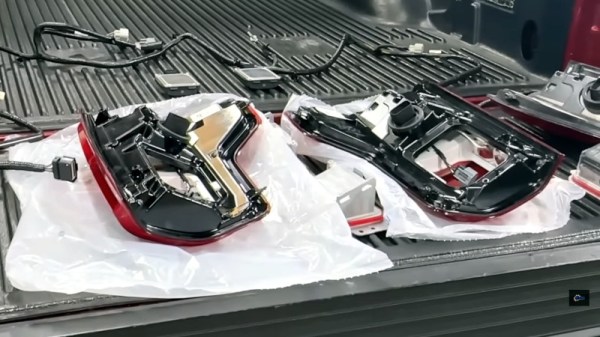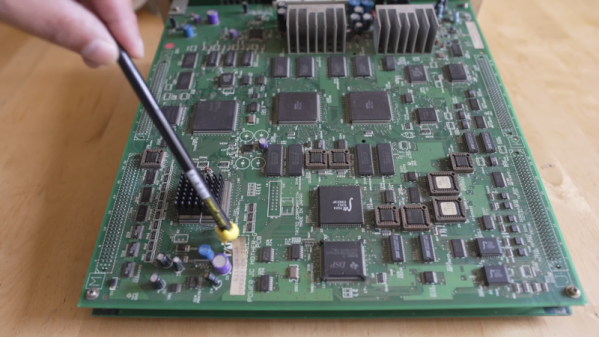To study the history of the automobile is to also be a student of technological progress — as with each decade’s models come new innovations to make them better handling, more corrosion-resistant, faster, more efficient, or whatever the needs of the moment dictate. But sometimes that technological advancement goes awry and works against the motorist, making for a vehicle that’s substantially worse than what went before. [FordTechMakuloco] has a video with an example in a Ford pickup, which we believe deserves to be shared.
The problem with the vehicle was simple enough, indeed it’s one we’ve had in the past ourselves. Water got into a tail light, and corroded some connectors. The difference with this Ford though was that such a simple fault took out the whole car, and that the fix for a simple tail light cost $5600. The first was due to a vehicle-wide CAN bus going down due to the electrical short, and the second was due to the assembly containing an assortment of wiring and modules which couldn’t be replaced separately. These included some form of side-facing parking radar, a component unnecessary for operation of the light itself. Some relatively straightforward design and component supply decisions such as separating subsystems across multiple CAN busses, ensuring individual modules are separately available, and even designing connectors to face downwards and self-drain, could have fixed it, but the automaker chose instead to build in some planned obsolescence. Would you buy a Ford truck after seeing the video below the break?
We’ve written here before about how automotive design has taken this wrong path, and even advanced a manifesto as to how they might escape it. This Ford tail light seems to us an egregious example of electronics-as-the-new-rust rendering what should be a good vehicle into a badly designed piece of junk, and honestly it saddens us to see it. Oddly, there was once a time when a Ford truck was about as good as you could get.



















